Every company wants its firm to be visible to as many people as possible; nevertheless, most companies fail to compete because sufficient investment in the advertising industry is not made. Unless and until you begin investing in the advertising area, your firm will expand slowly. Therefore, it is best to invest a little now rather than wait a long time.
Paid advertising is an excellent strategy to drive more visitors to your website and improve sales, but it can rapidly become costly if you are not careful. How can you ensure that you are getting the most out of your paid advertisements?
Read More: GOOGLE AD STRATEGY FOR ECOMMERCE: TOP TRENDS YOU MUST USE IN 2022

Types of Paid Advertising
For a lead generation or brand exposure, there are several different methods of sponsored advertising to consider. Here are some of them:
Google Search Ads
The most typical advertising you'll encounter in search results is search ads. These PPC advertisements will be displayed at the top and bottom of Google's search results. These adverts will be labelled "ad" to signify that they are sponsored material. These ads contain text with no visuals. If you want to create a Google search ad, you'll use Google Ads to create and set up your advertisement.
Google Shopping Ads
Another sort of paid advertising that your company can use to assist leads & locate your items is Google shopping ads. Above the main Google search results, these adverts get displayed in a carousel manner. It enables visitors to preview goods and pricing before visiting a website.
Relevant Reading: THE COMPLETE GOOGLE SHOPPING GUIDE TO BUILD YOUR BRAND
PPC (pay-per-click) advertisements
Remember the bidding war and action-based pricing? If you bid on Google, your ad will display above the organic results in a list of links known as paid search advertisements. While most effective digital strategies combine PPC and excellent SEO, paid search advertising is a quick method to avoid the competition and the time-consuming, long-term task of ranking organically. Businesses may instantly route traffic to a website or an efficient, focused landing page using PPC.

Display Advertising
Display advertising is banner, picture, or text advertisements that show on various websites and are targeted at certain audiences. These advertisements will include a link to your website. They have a lower click-through rate than search advertisements, but they can help to raise brand recognition.
Retargeting Ads
Retargeting employs cookies on a user's browser to serve them adverts tailored to their prior online activities. This means, When a visitor browses your site, they'll notice your advertising while reading an article, listening to music, or shopping at other websites. Your advertising will remind them of all the great things you have to offer and will lure them back to your site once they've made a decision to buy.
Similar Reading: 9 CRUCIAL REMARKETING CAMPAIGN STRATEGY FOR ECOMMERCE SUCCESS
Local Service Ads
One of the unique sorts of paid advertising is a local service ad. Only a few markets are eligible for this advertising option, including HVAC businesses, plumbers, garage door businesses, Locksmiths & Electricians etc. You can place a local service ad if your company fits into one of these categories. These service advertisements work independently from regular Google ads.
Social Media Advertising
Users on social media networks like Facebook, for example, might be your future clients. PPC advertising on these sites can help you increase your website's click-through rate. Campaigns may help you spread the word about your product or service. Specific demographics and interests can be targeted via social channels.
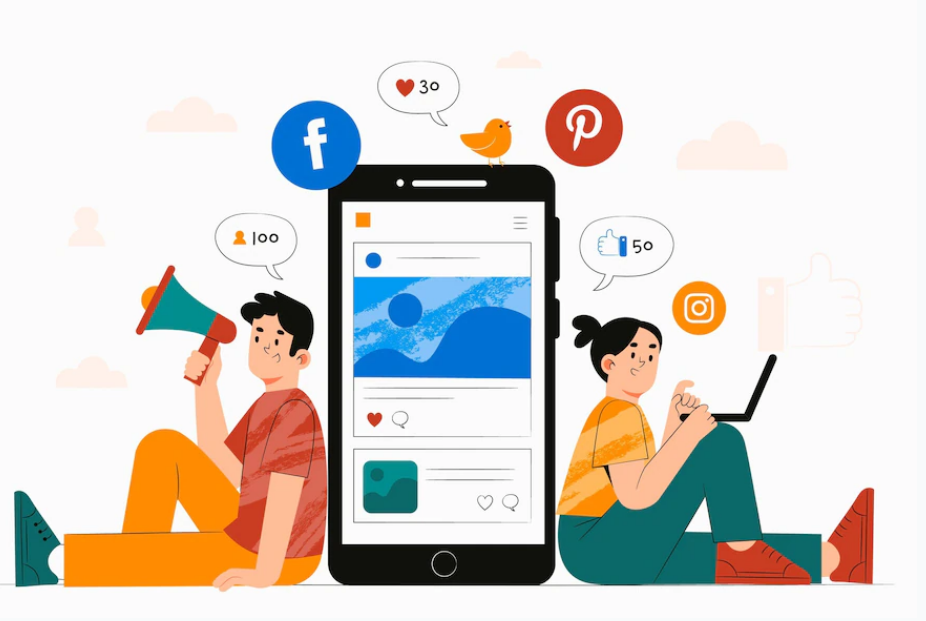
Advantages of Paid Advertising
Paid advertising is a game-changer for any business. If waiting for your firm to expand organically is taking a long time, you should look into sources that may make your work easier with less expenditure. The following are the immediate benefits noticed in every business that chooses paid advertising:
Increases the Reach & Visibility
Reach is a vital stage in any business when more and more clients are expected. It expands the reach of your business by making it visible to the audience you choose based on their interests. As a result, you will receive traffic from people who are not just your visitors but also those who look forward to your work, which will help you convert leads to customers.
Easy to Track & Measure
PPC advertising using Google Ads has the advantage of being simple to monitor and track. Many tools exist to track what users do on your website, and many of them may be integrated with the tracking provided by your advertising platform. Once you have your foundations in place, you can quickly monitor if someone made a purchase after clicking on an ad and compute the ROI of your sponsored activity from there.
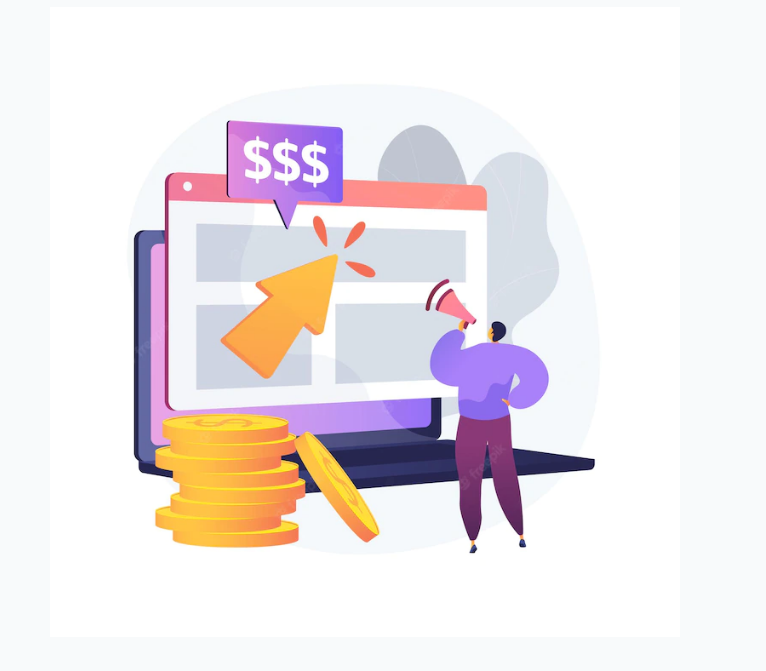
Impressions, clicks, and conversions are among the high-level performance details you can track while running a PPC ad. Moreover, you can also keep track of the money you have spent and set daily and total budgets for campaigns on all paid ad platforms from Google to Twitter, Facebook and LinkedIn advertising so that you never overspend.
Strengthen Relationships With Customers
You may strengthen your ties with your audience by advertising your business on digital networks. Targeting the proper users with digital advertising develops deeper relationships in addition to generating a greater ROI. You may interact with your audience immediately, answering their questions and resolving their issues. They'll start to see your company as a trustworthy, respectable figure in the industry as time goes on.
Tips to Create a Paid Marketing Strategy?
There's a lot that goes into PPC advertising, and you shouldn't start your campaigns without a plan in place, or you risk squandering a lot of money!
Determine your goals
Before you do anything else in marketing, you must first determine your objectives. Who are you attempting to contact? What are you attempting to accomplish, and what do you want this audience to do? What is the final outcome?
Different campaign and ad formats, as well as varied platforms, will be required for different goals and audiences. People will require various things depending on where they are in their buyer's journey, therefore, goals should be classified accordingly. First, identify in which stage your customers are at; Awareness, Consideration or Decision.
Optimize Your Budget
You need to know how much you can spend now that you've determined your aim and target audience. You may have been allocated a set budget, but you must select where to spend it. We understand that most firms don't have bottomless pockets and that their budgets must be stretched to the limit.
Most businesses make the mistake of stretching their budget too thinly across platforms or initiatives. They are constrained by their budget and do not perceive any beneficial outcomes. That is why, rather than attempting everything at once, it is advisable to concentrate on one platform or one style of targeting. You may completely commit to maximizing performance this way.
Find the Right Advertising Channel
Which of the various existing online ad platforms should your company invest in? To respond to this question, you must understand your objectives, your target audience, and your budget. It's pointless to advertise on a channel if your target demographic doesn't utilize it.
Recommended Reading: E-COMMERCE ADVERTISING CHANNELS: THE COMPLETE GUIDE FOR ENTREPRENEURS
It may seem apparent, yet some firms focus on a channel because of the excitement or novelty rather than determining whether or not their target demographic utilizes it.

Set Up Your Paid Ad Campaign Right Now!
Paid advertising offers a variety of ad styles to reach your target audience across several platforms. You must utilize these various advertising possibilities since diverse PPC ad types might assist you in achieving superior outcomes. At eComIntegrate, we help you set up paid ads based on your customer demography.
[nerdy-form:11564]
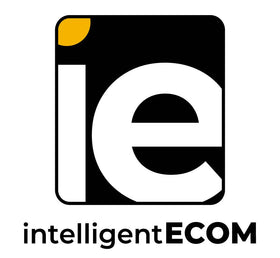
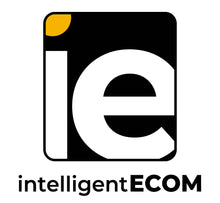

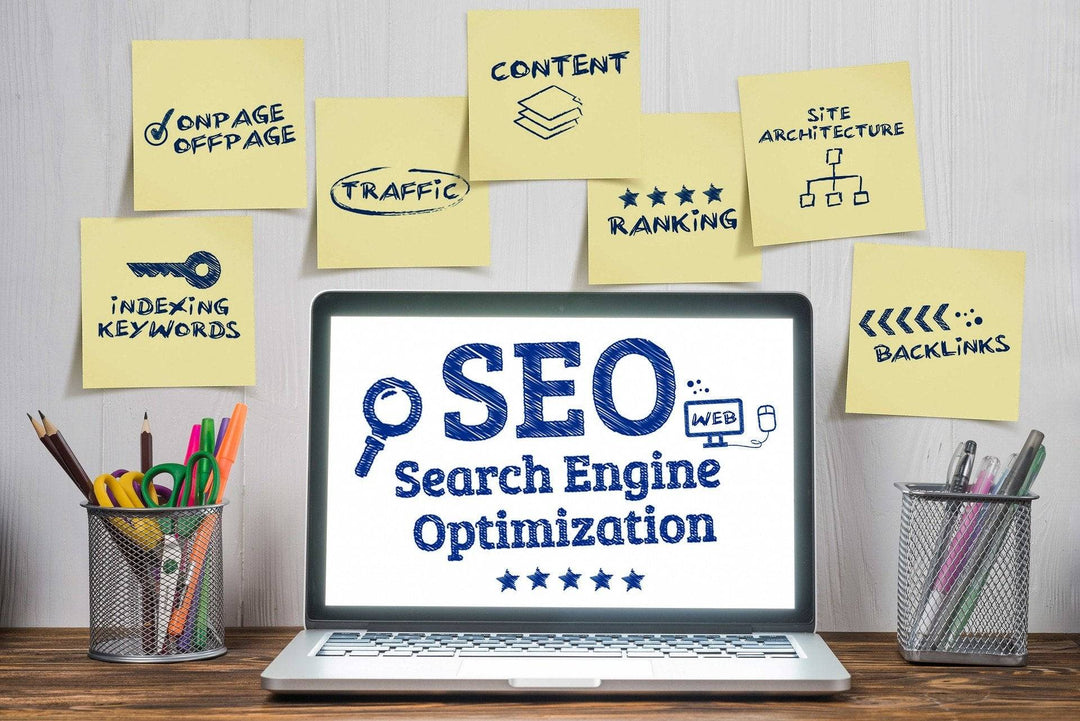


Leave a comment